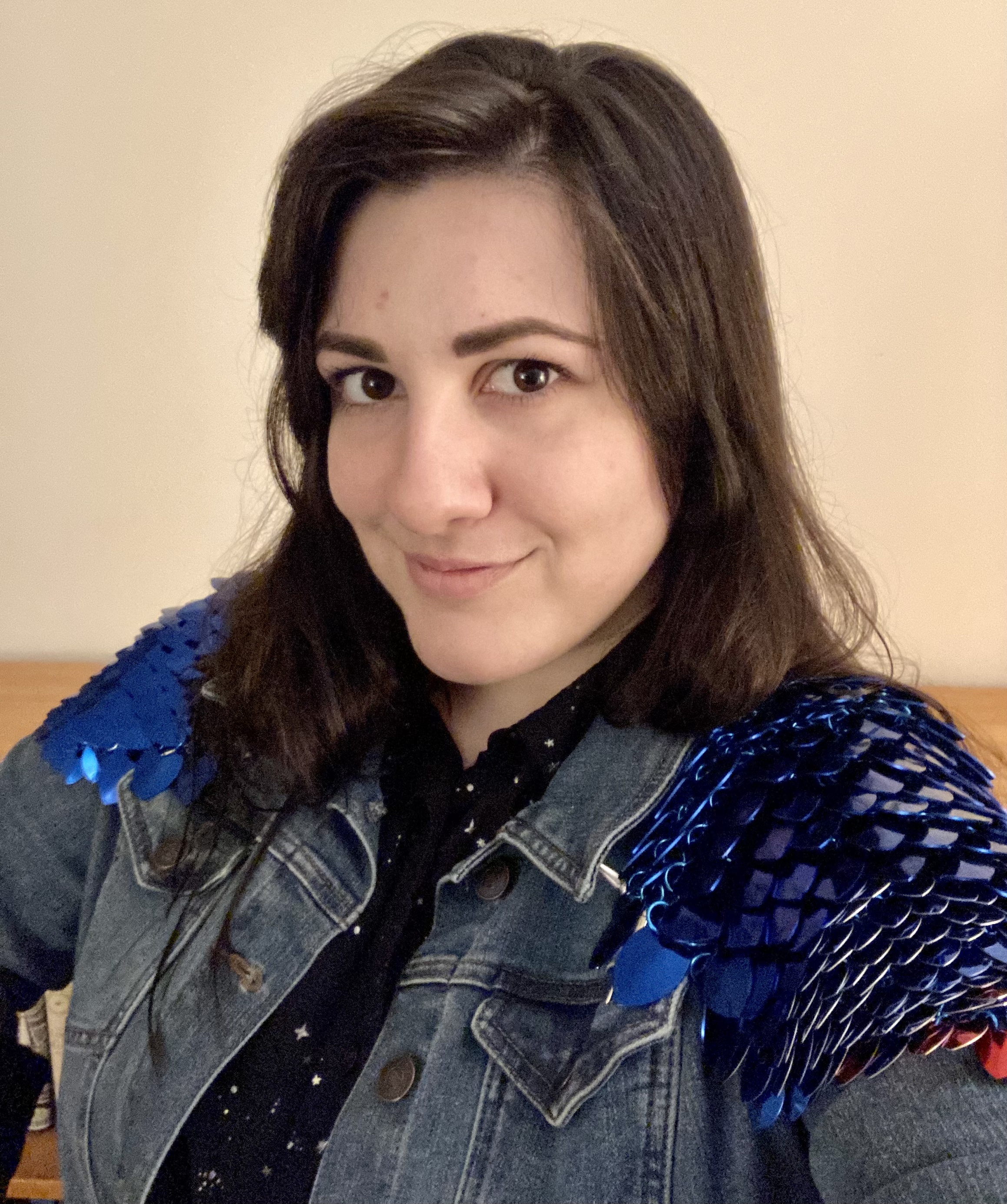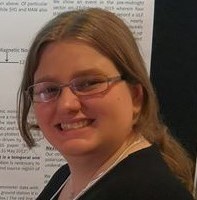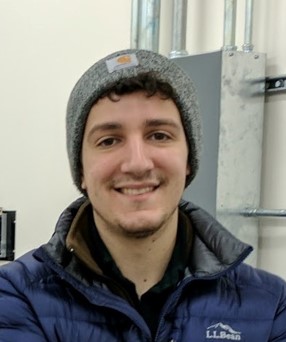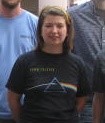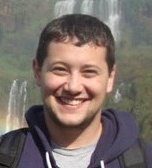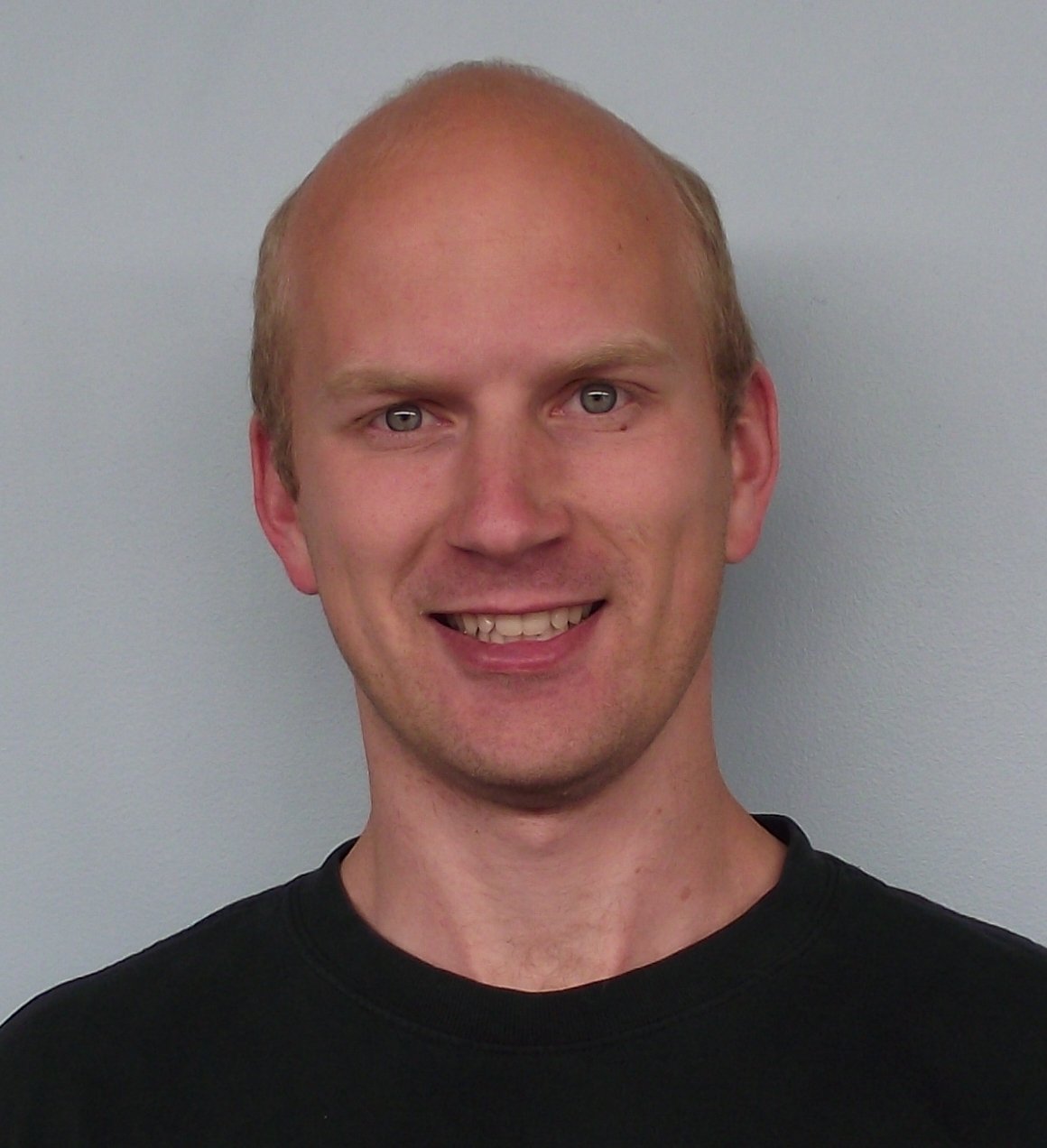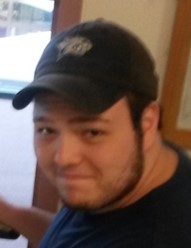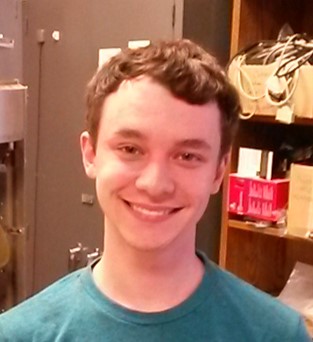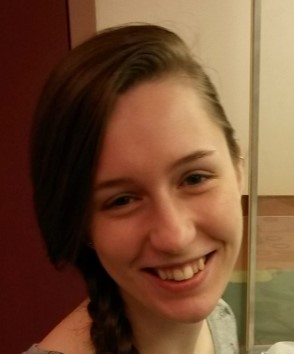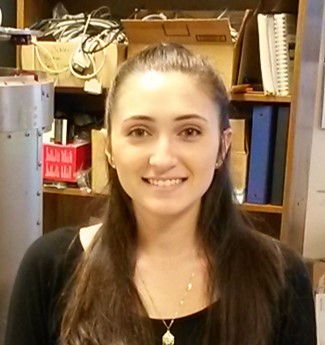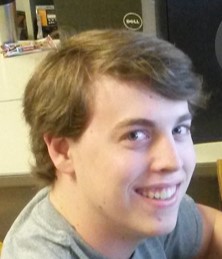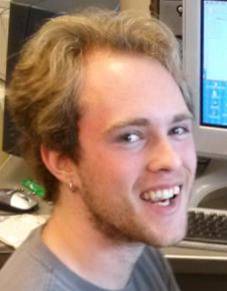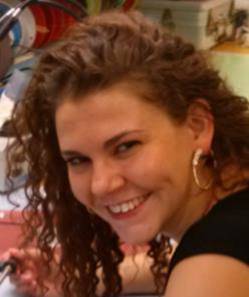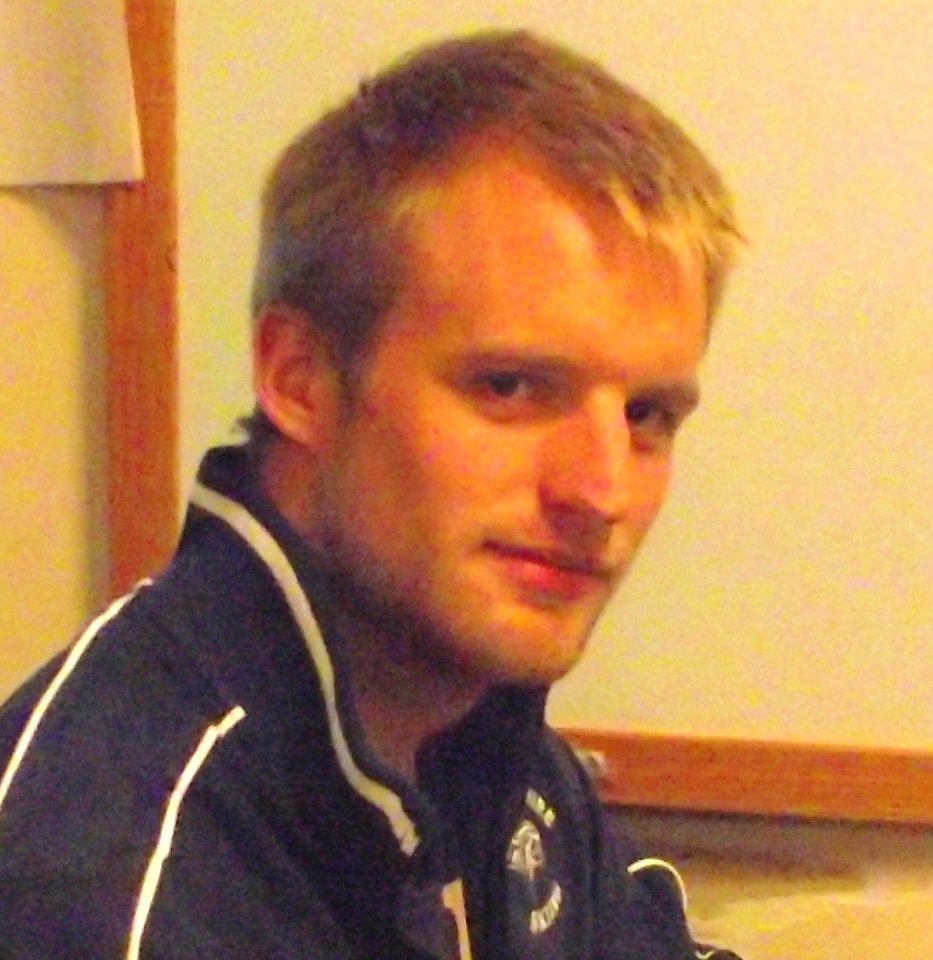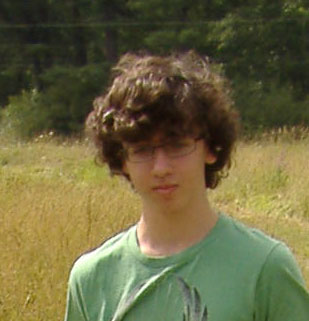People of MIRL

Faculty
 |
Marc R. Lessard
Associate Professor Joint Appointment Department of Physics and Space Science Center Marc R. Lessard received a B.S. in physics from the University of New Hampshire (UNH), and a Ph.D. in physics from Dartmouth College. He has worked as a research associate at the Institute for Space Research in Calgary, Canada, and as a research project engineer at the UNH Space Science Center. He is a member of the American Geophysical Union and Sigma Xi's Scientific Research Society. He is the author and co-author of numerous publications on experimental space plasma physics, measurements and analysis of auroral phenomena, and rocket-borne and ground-based instruments. (603) 862-2590 |
Staff
 |
Brent Sadler, Research Scientist (603) 862-3569 brent.sadler at unh.edu |
 |
Mark Widholm, Research Engineer | Henri Chretien Research Project Engineer | |
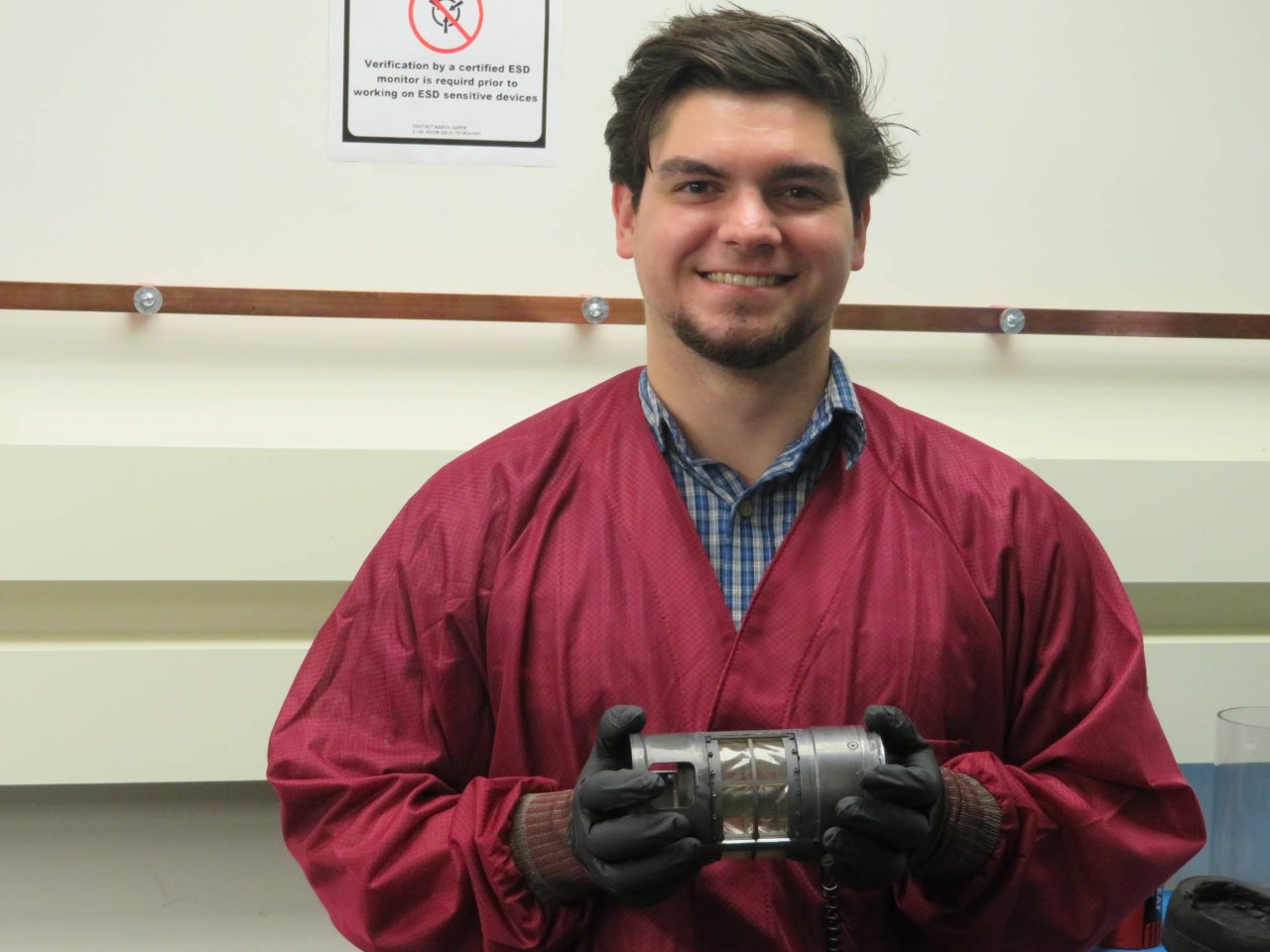 |
Dominic Puopolo, Research Project Engineer |  |
Chrystal Moser, Research Scientist II (603) 717-4521 chrystal.moser at unh.edu |
Graduate Students
| Nicholas Jones |
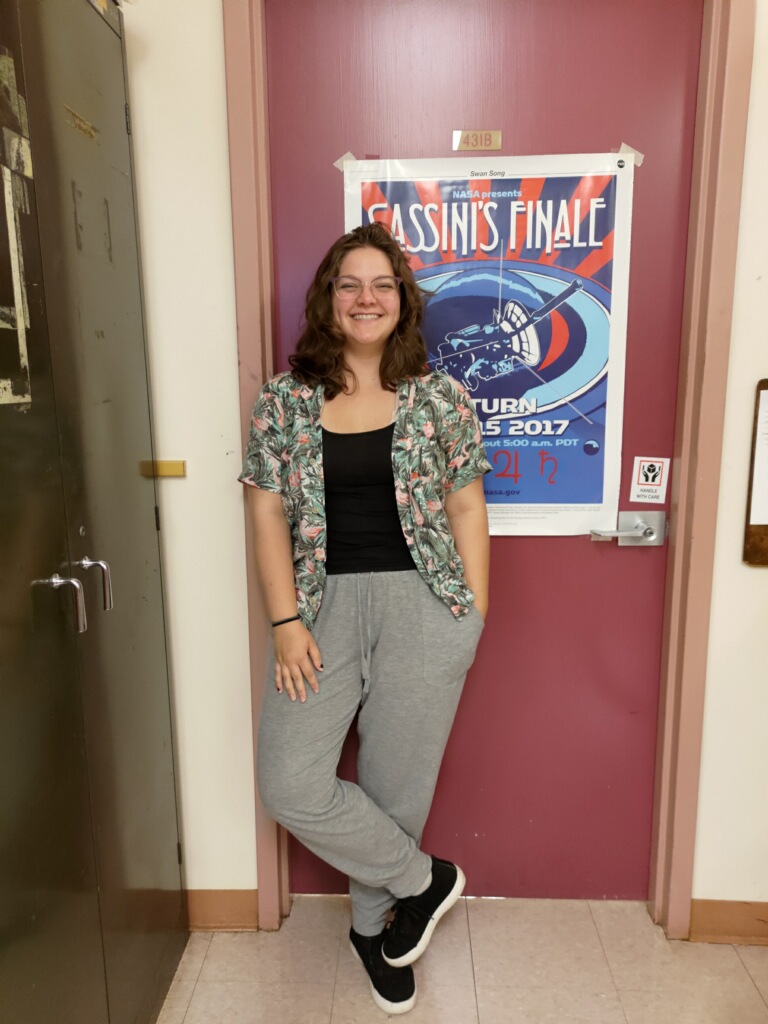 |
Jenna Burgett |
 |
Audrey Robison |
Undergraduate Students
 |
Project SMART
Personal Bio
Staff
 |
Brent Sadler Research Scientist Brent Sadler is a 2014 graduate of the physics PhD program at the University of New Hampshire and was largely responsible for construcing the Facility for Optical Calibration at Low Light Levels (FOCALLL). He worked on calibrating the Fast Auroral Imager for the ePOP satellite, and designed the cooling system for the CASCADES2 onboard imager and traveled to Alaska to maintain the system for launch. (603) 862-3569 |
 |
Dominic Puopolo Research Project Engineer Dominic joined MIRL as a student in the Spring of 2017. He has since graduated from the University of New Hampshire with a BS in Mechanical Engineering, and continues to work at UNH as a Research Project Engineer. His major projects have included design and production of instruments on SUBTEC-8, LAMP, KINET-X, and other sounding rocket missions. He also works to support rocket and satellite based instruments elsewhere at the UNH Space Science Center. |
 |
Chrystal Moser Research Scientist II Chrystal first joined MIRL in 2012 as an undergraduate student where she designed and built a miniaturized fluxgate magnetometer for the SIGMA cubesat. She graduated UNH with a BS in Physics and went on to earn her Doctorate in Physics from Dartmouth College under the supervision of Jim LaBelle in 2021. She then rejoined MIRL as a Research Scientist in the spring of 2022 as the project leader for the MICA-2021 ULF induction coil project. |
| Henri Chretien Research Project Engineer Henri began work with MIRL in the summer of 2021. His work focuses on magnetic sensors and magnetometer materials development. |
Graduate Students
| Nicholas Jones
Nick earned a BS in physics from the University of Iowa in 2019. For two years he worked under Jasper Halekas at the University of Iowa, analyzing data from the MAVEN mission at Mars. Nick joined MIRL as a graduate student in 2022, and is working on the sounding rocket and ULF wave projects. |
|
 |
Jenna Burgett
Coming soon! |
 |
Audrey Robison
Coming soon! |
Undergraduate Students
 |
Alec Damsell
Alec began work with MIRL in the spring of 2021. |
Graduate Alumni
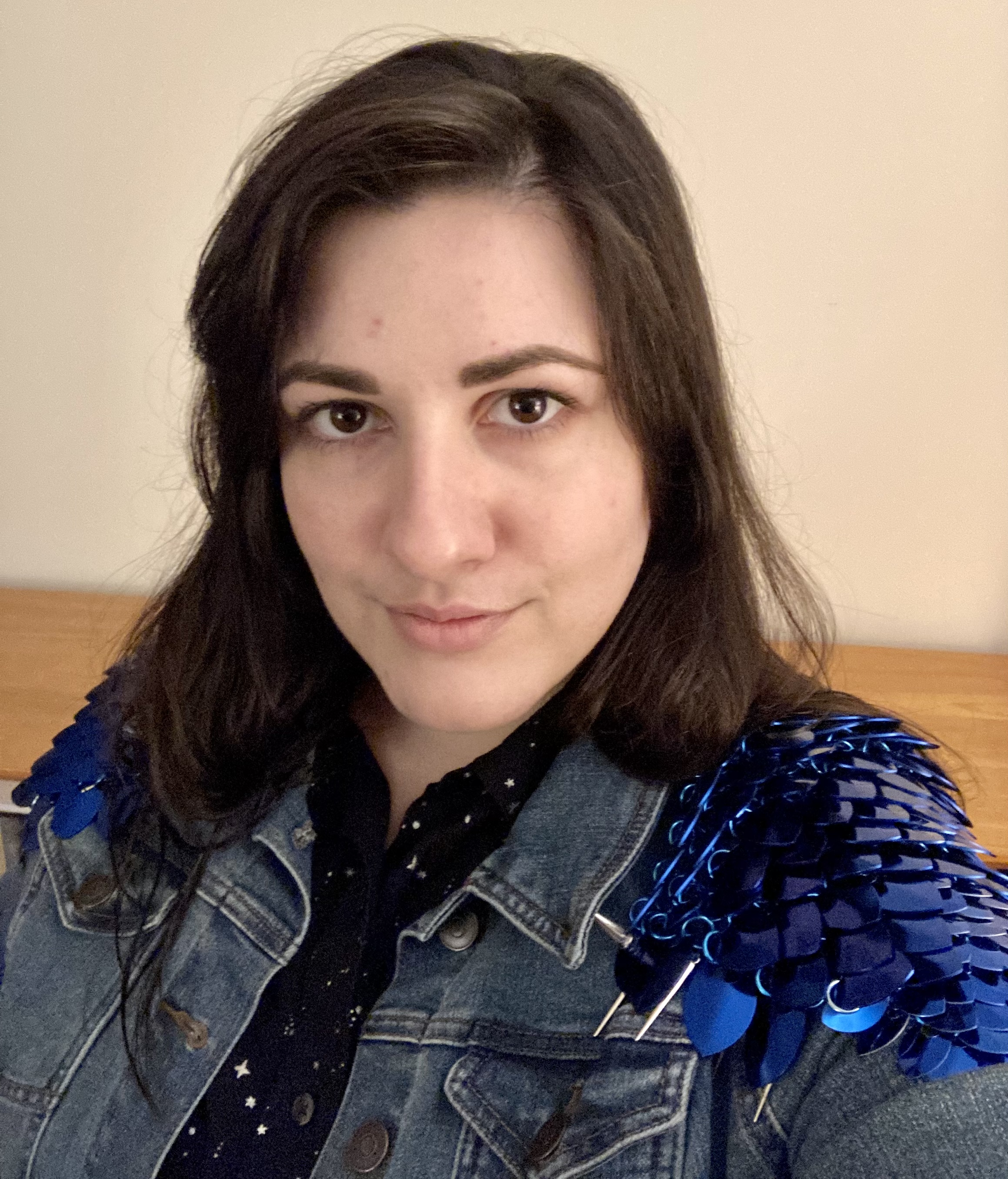 |
Niharika Godbole
Niharika graduated from the University of California, Berkeley in 2014 with a B.A. in Astrophysics and a minor in Physics. As a student, her research focused on the analysis of KEPLER data to identify and characterize Active Galactic Nuclei (AGN) activity. After graduation, she began working as a Junior Specialist at the Space Sciences Laboratory (SSL) on the GRIPS balloon mission and TILDAE sonic anemometer and participated in the subsequent integration and launch campaigns from the Long-Duration Balloon facility in McMurdo Station, Antarctica in 2016. She also worked on the TRICE2 sounding rocket payload during her time at SSL. Niharika joined MIRL in the fall of 2017, having been awarded the UNH CEPS and Harper fellowships. She has been working on multiple projects as part of her PhD studies, focusing on the development, testing, and calibration of various ion and electron space particle instruments. Therein, Niharika has participated in the CREX-2, KiNET-X, LAMP, and ACES-2 sounding rocket integration and launch campaigns (in particular, supporting the TIGTOF, EPLAS, and ERPA instruments). Her research focuses on the topic of ion upflow in various contexts (i.e. during PMAF activity, and in conjunction with pulsating aurora and red-line auroral emission). Further, much of her graduate work involves development of the TIGTOF ion instrument as part of the CREX-2 (2021) and RENU3 (TBD, 2023) sounding rocket missions, for which she received a NASA ROSES-21 grant in Spring 2021. Niharika received her PhD in Physics from UNH in September 2023. |
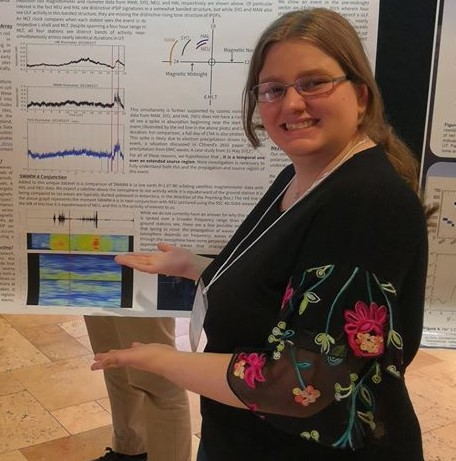 |
Michelle Salzano
Michelle graduated Magna Cum Laude from the NJIT Albert Dorman Honors College in 2016 with a B. S. in Applied Physics and a minor in Applied Mathematics. At NJIT she worked on data acquisition under Andrew Gerrard, including work on a clone system of the DAQs at SPA and MCM as well as setting up the Antarctic Geospace Data Portal. She began work at MIRL in the summer of 2016 after being awarded the UNH CEPS fellowship. Michelle was awarded Best Student Poster at the 2017 GEM Workshop in the Magnetotail and Plasma Sheet Section. She is currently working on EMIC-wave related research. Michelle received her PhD in Physics from UNH in June 2022. |
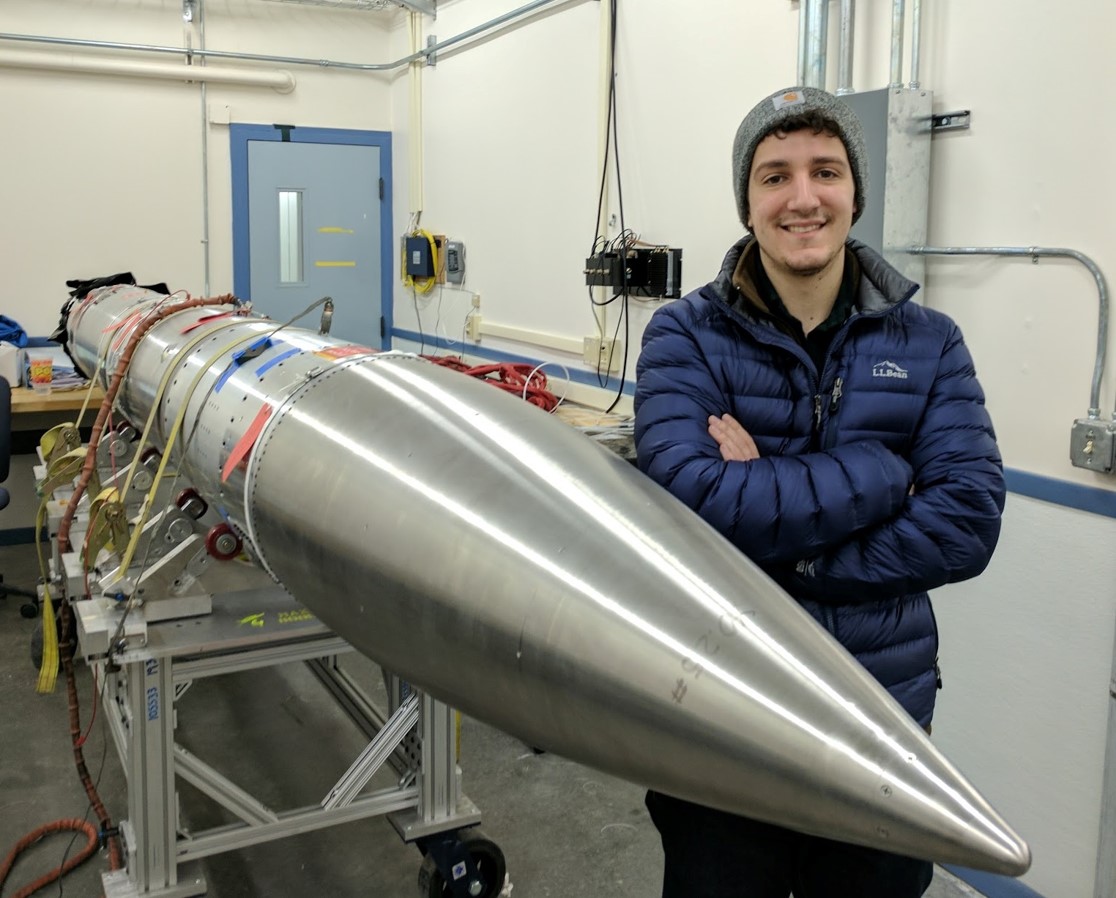 |
David Kenward
David Kenward received a BA in physics and astronomy at Lycoming College in Williamsport, PA. During his time at Lycoming, David conducted research in nonlinear dynamics and information theory, working to develop more simplistic models for combustion processes. He also spent two summers at NASA Goddard Space Flight Center where he aided in hardware development and testing of x-ray polarimeters for the GEMS and PoET missions. David joined MIRL in Spring 2015 and successfully defended his thesis on the impact of fine scale drivers on upwelling processes in April 2020. |
|
Julie Hembeck
Julie Hembeck received her BS in Physics, graduating Cum Laude from William Smith College in Geneva, NY. At Hobart and William Smith Colleges, she did her undergraduate research testing the mechanical loss of different coatings that may be used to coat the test masses in future generations of LIGO (Laser Interferometer Gravitational-Wave Observatory). She began working for MIRL in September of 2015. At UNH she has focused on studying ULF magnetic field waves with ground based magnetometers. She is worked on a local ULF and fluxgate magnetometer installation near UNH and has been recently focused on a study correlating EMIC IPDPs with relativistic electron precipitation. She defended her Masters Thesis in August 2018 and began as a Physics Instructor at College of Southern Maryland in the fall of 2018. |
 |
Bruce Fritz
Bruce Fritz received a B.S. in Physics from the U.S. Air Force Academy in 2008. After five years active duty in the Air Force, he joined MIRL in January 2014. In November 2014, he traveled to Antarctica to install ELF and ULF magnetometer systems at McMurdo Station and near the South Pole. He was involved with the 2015 RENU 2 sounding rocket mission, including building/calibrating several instruments, integration support at NASA Wallops, and launch support in Norway and Svalbard. His research projects have included morphological analysis of black aurora with pulsating aurora, statistical analysis of ELF whistlers, and flight analysis of UV PMT results from the RENU 2 mission. Bruce was awarded Best Student Presentation at the 2017 NEROC Radio Science Symposium and Honorable Mention for the 2018 Jack Eddy Postdoctoral Fellowship. He graduated from UNH in May 2018, and began an NRC Postdoctoral Fellowship at the Naval Research Laboratory in Washington, DC, in August 2018. |
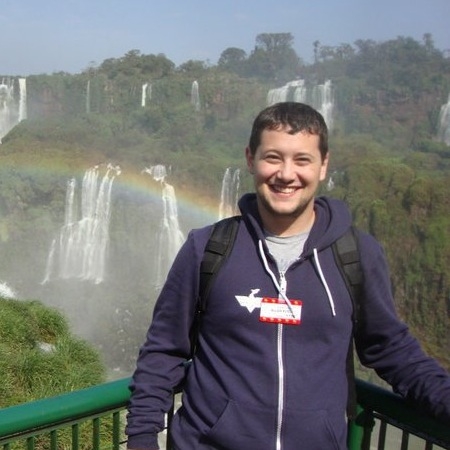 |
Ian Cohen
Ian Cohen received his BA in Astronomy and Physics with distinction from the Boston University and worked for three years at the Museum of Science, Boston as a Program Presenter at the Charles Hayden Planetarium and as a staff member at the Gilliland Observatory. At UNH while enrolled in the Physics PhD program he also served as Manager of the UNH Observatory. His graduate research focused on sounding rocket investigations of small-scale electromagnetic waves that can appear as a result of the interaction between the ionosphere and magnetosphere. Ian received a 2011 Graduate Student Research Program (GSRP) fellowship from NASA Goddard Space Flight Center and spent two months at Goddard working on test data analysis for the Fast Plasma Investigation instrument on the Magnetospheric Multiscale (MMS) satellite mission. Ian received his PhD in Physics from UNH in May 2015 and started a post-doc position at APL in the fall of 2015, where he is currently a Senior Professional Staff Scientist. |
 |
Carol Weaver
Carol received her BS in physics from Portland State University in Portland, Oregon. Her research interests include studying ULF and ELF magnetic field waves with ground based magnetometers. She has travelled to Svalbard, Alaska, and Greenland to preform maintainance on the magnetometers. Her dissertation involved ground-based wave obsevations, radiation belt losses, and space weather applications. She received her M.S. in Physics in 2014. |
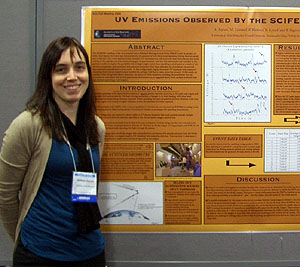 |
Allison Jaynes
Allison Jaynes received her B.S. in physics from the University of North Carolina at Greensboro (UNCG). She completed her Ph.D in physics at the University of New Hampshire in January of 2013. Allison traveled to Kaktovik, AK to provide down range camera support for the CASCADES2 sounding rocket project, designed and built the onboard auroral imager for the RENU sounding rocket and traveled to Svalbard for the launch, and participated in the MICA sounding rocket launch from Poker Flat, Alaska. She is currently working as a researcher at the University of Colorado, Boulder. In 2017 Allison was hired as a faculty member at the University of Iowa. |
| Jim Gealy
Jim Gealy received his B.S. in Electrical Engineering from the University of New Hampshire. He has worked at NASA's Goddard Space Flight Center in the Flight Dynamics Branch. He has also served as a Teaching Assistant in the ECE department at UNH for the Digital Systems Course. During his time at MIRL, Jim traveled to Iqaluit, Nunavut and McMurdo Station, Antarctica in support of the group's science objectives. Jim received an M.S. in Electrical Engineering in 2010 with research focused on unidirectional free-space optical telemetry systems for sounding rockets and their sub-payloads. jimgealy at gmail.com |
|
 |
Hyomin Kim
Hyomin Kim received a B.S. in astronomy and space science (1999), a B.E. in electrical engineering (1999), and an M.S. in space science (2001) from the Kyung-Hee University in South Korea. He worked at Dartmouth College with Dr. Marc Lessard and received an M.S. in engineering physics in 2004. He continued his work in the Ph.D. program in Systems Design Engineering at the University of New Hampshire (UNH) with Dr. Marc Lessard. He was involved in a sounding rocket magnetometer project sponsored by Korea Aerospace Research Institute (KARI) and a ground-based magnetometer project for the measurement of ELF magnetic field waves at the South Pole. He also worked on the array of ULF magnetometer systems installed in Svalbard for the analysis of ULF Pi1B magnetic pulsations. Hyomin received his PhD in 2010. In 2018 Hyomin was hired on as a faculty member at the New Jersey Institude of Science and Technology. |
 |
Sarah Jones
Sarah Jones received a B.A. in physics from Dartmouth College and is a Ph.D candidate in physics at the University of New Hampshire. She has worked on sounding rocket instrumentation projects, including the mechanical design of the MIRL rocket imagers. She traveled to Alaska for the ROPA sounding rocket launch and provided down range support at Fort Yukon, AK and Toolik Field Station for ACES and CASCADES2. Sarah analyzed space- and ground-based observations of pulsating aurora as part of her graduate disseration. Sarah received her PhD in 2010. Sarah is a Staff Scientist at NASA Goddard Space Flight Center. |
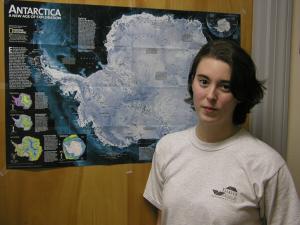 |
Amanda Plagge
Amanda Plagge received a B.E. from Dartmouth College and an M.S. from Thayer School of Engineering. Her original masters project involved the set-up and monitoring of a small scale micro-turbine wind farm at the South Pole to determine their usefulness for powering the ARROs. Ultimately that project was downsized and her thesis became the application of existing technology to de-icing the wind turbine blades. Amanda is currently earning her Ph.D. at the University of New Hampshire. |
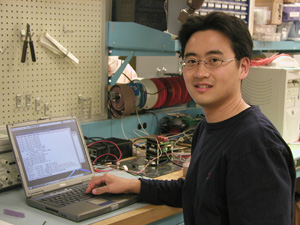 |
Hyojin Kim
Hyojin Kim received a B.S. in Systems Management Engineering from Sungkyunkwan University, Korea and an M.S. in Computer Science at the University of New Hampshire. As part of the ROPA mission, he traveled to Alaska to install ground-based induction coil magnetometers at Poker Flat Research Range. He provided an adaptive lossless data compression module for the MIRL rocket imagers and is involved in the monitoring software for the ground-based ULF data acquisition system. Hyojin is currently a Ph.D. student at UC Davis. |
| Matthew Argall
After getting his Master's Degree from UNH, Matt spent time at the University of Costa Rica as an Interim Professor doing research and teaching. Now, he is back at UNH for his doctorate working for Roy Torbert and Li-Jen Chen studying asymmectric reconnection at the subsolar magnetopause and is working with the Electron Drift Instrument as well as the fluxgate and search coil magnetometers for the Magnetosphere Muti-Scale mission planned to launch in 2014. |
Undergraduate Alumni
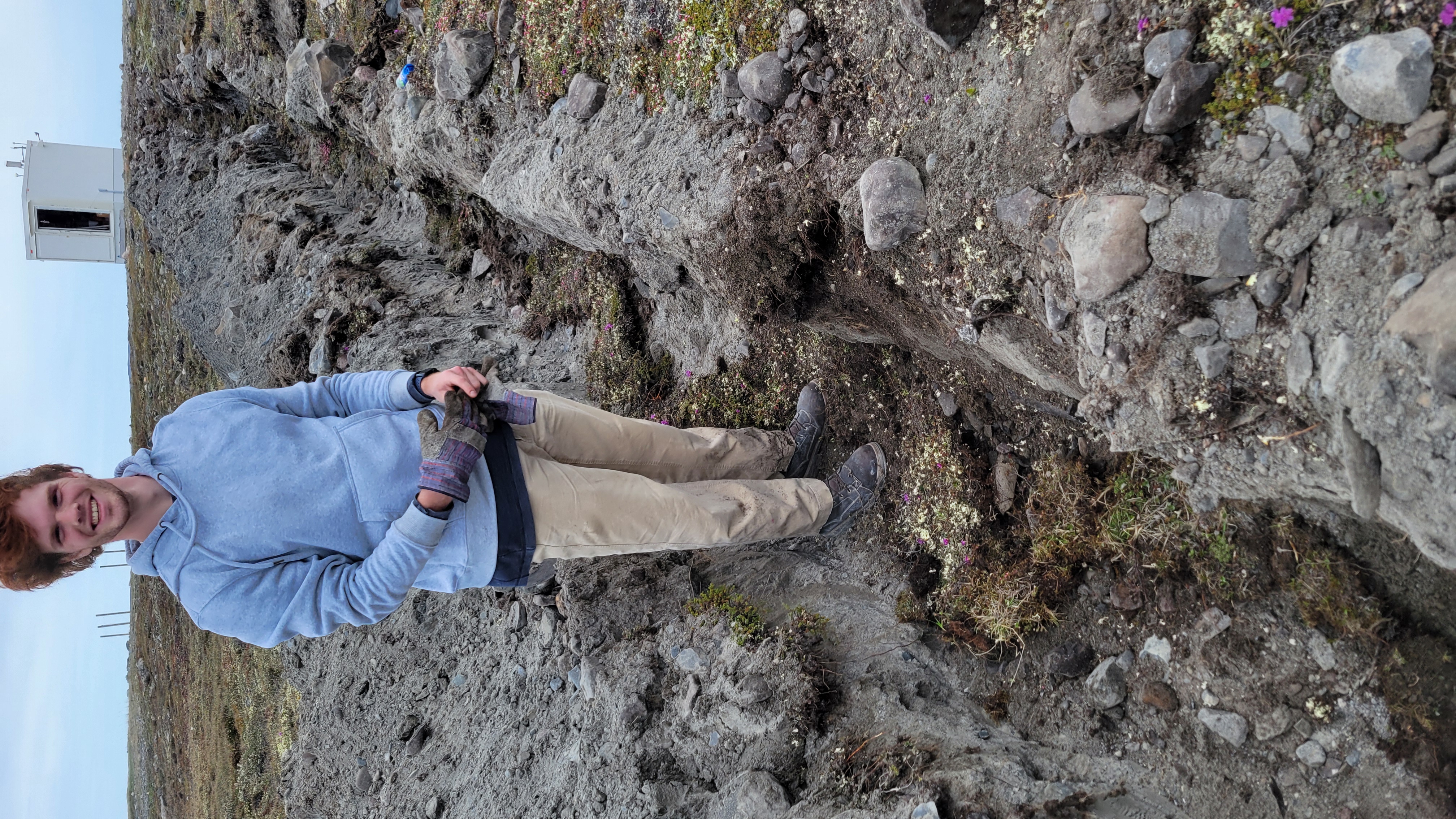 |
Noah McCandless
Noah began work with MIRL in the summer of 2023. |
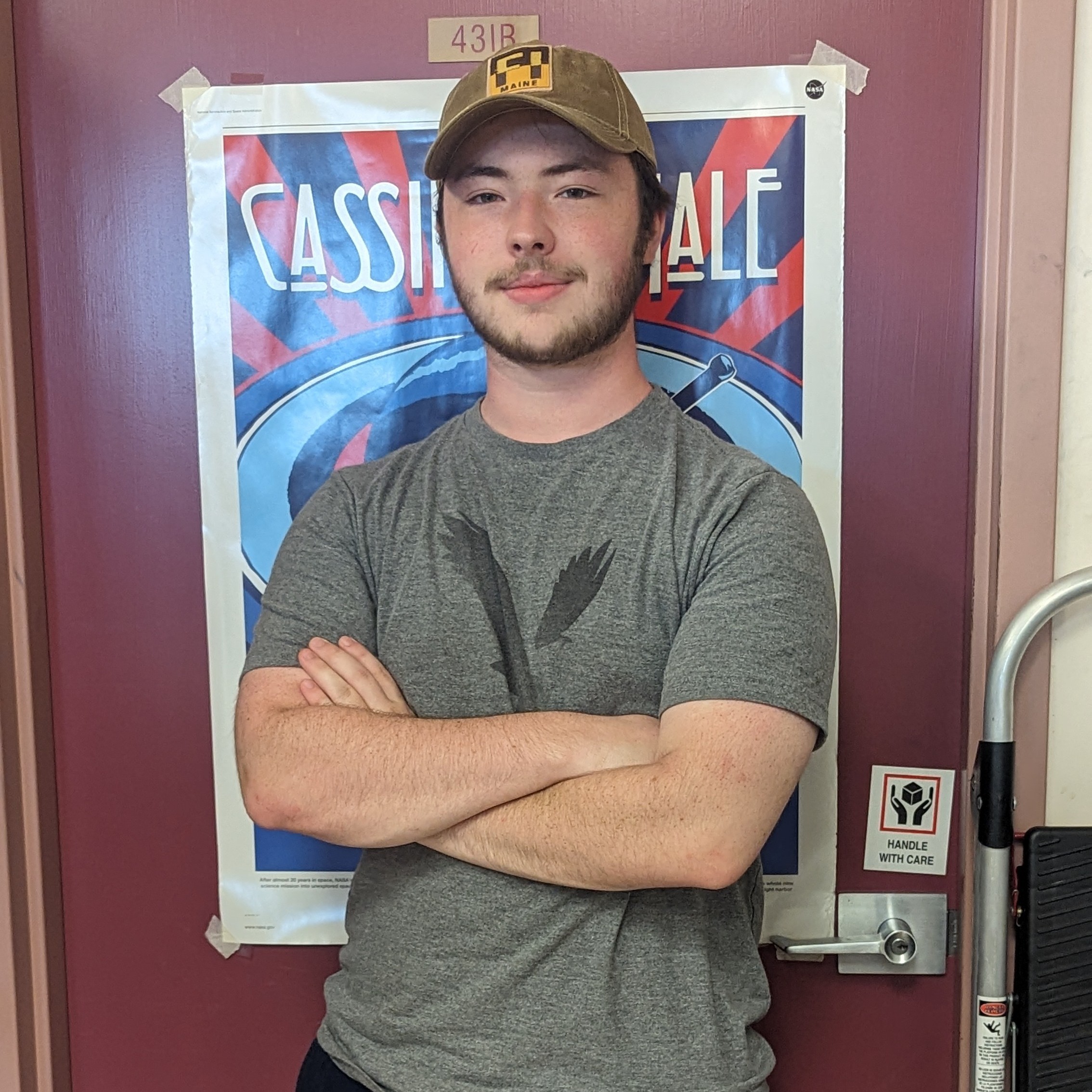 |
Brian Winslow
Brian began work with MIRL in the summer of 2023. His main role consists of software development for the MIRL-ULF data collection and processing server. Brian is an undergraduate student studying Computer Engineering with plans to graduate spring 2025. His additional hobbies include white water rafting and fly fishing. |
 |
Logan LoPresti
Logan began work with MIRL in the Summer of 2023. |
| Shawn Cawley
Shawn worked at MIRL after graduating from the University of New Hampshire in 2021. His main role includes the electronic design, system analysis, and signal processing of a Rogowski Coil current sensor which was originally scheduled to be launched Winter 2022 as part of the Aurora Current and Electrodynamics Structure (ACES) II Sounding Rocket Experiment. Shawn's additional pastimes include hiking and music production. | |
 |
Jeffrey Campbell
Jeff began work with MIRL in the spring of 2020. |
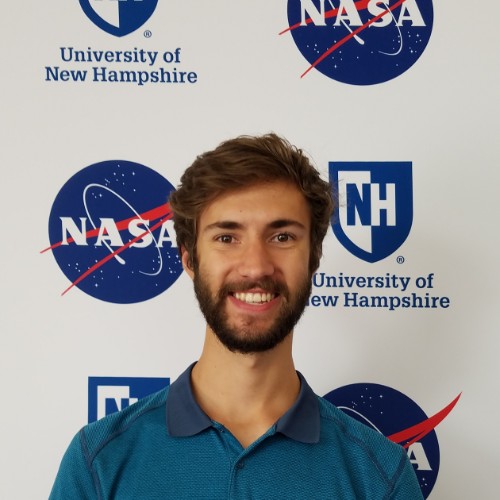 |
Connor Fleury
Connor joined MIRL in the spring of 2018. |
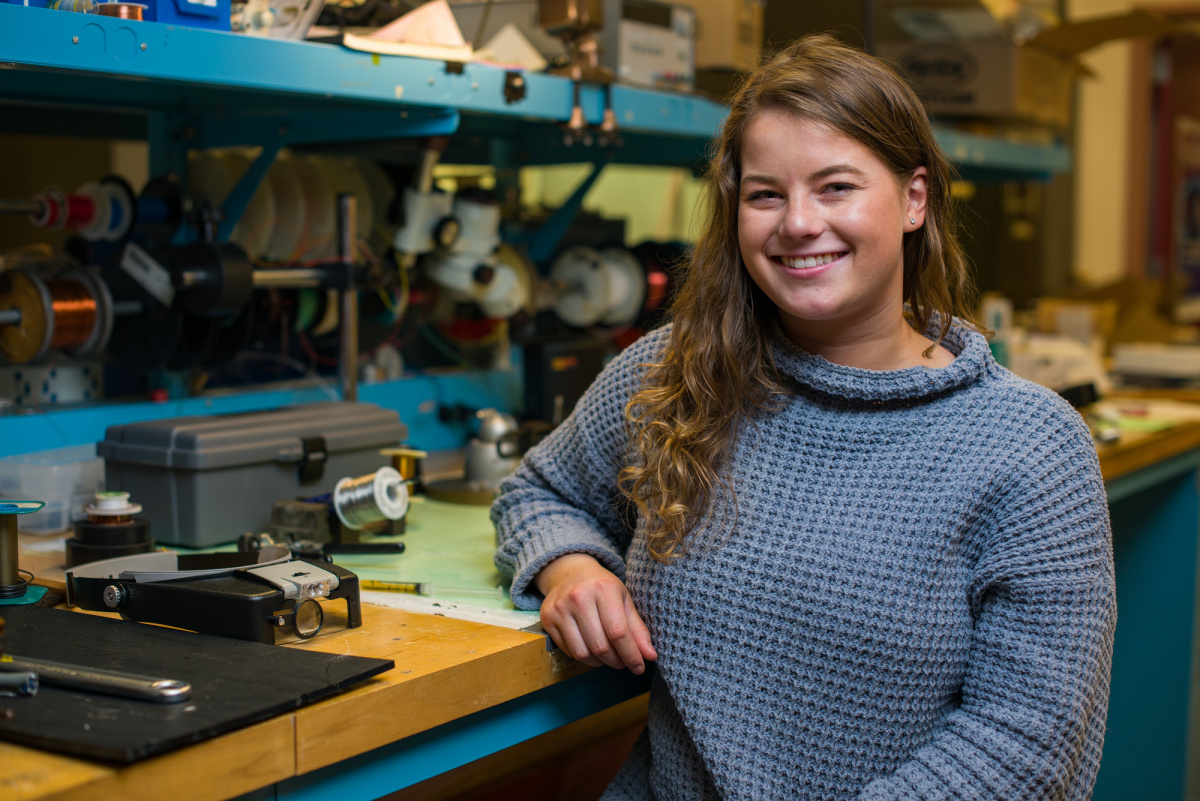 |
Naomi Wright
Naomi joined MIRL in the spring of 2018. |
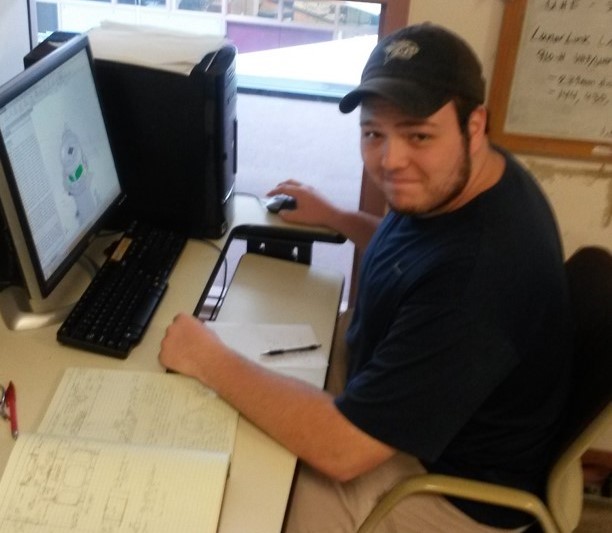 |
Tyler Chapman
Tyler joined MIRL in the summer of 2015. He has developed a boom deployment mechanism for the particle instruments on the RENU 2 sounding rocket launch and is working on the development of a magnetometer boom for cubesat applications. He is also working to develop a new cubesat mission design and is running thermal analyses on a new magnetometer system. Tyler spent a summer in Norway as part of an IROP fellowship, was a 2017 honorable mention for the Goldwater Scholarship, and was a 2018 recipient of Fulbright Fellowship where he will return to Norway to conduct research on earthquakes using ULF magnetometers. |
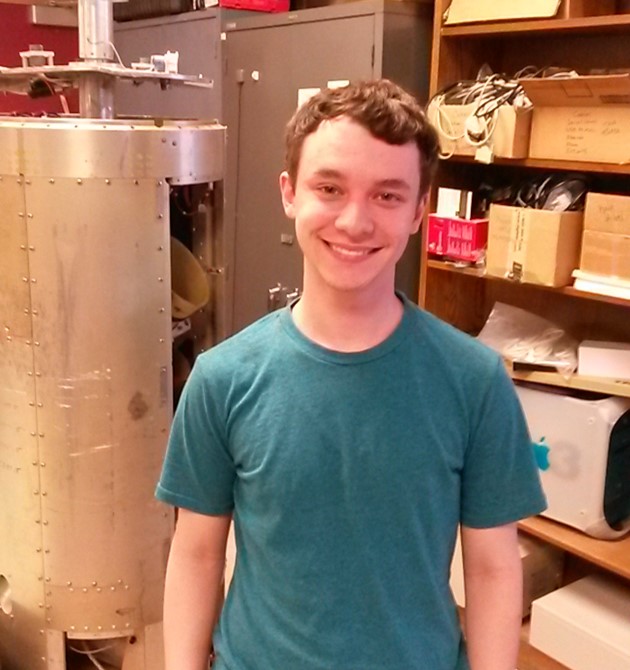 |
Anthony Velte
Anthony joined MIRL in May 2016. He is working on the development of a cubesat mission and will analyzing ground-based magnetometer data. |
 |
Derek Phillips
Derek joined MIRL in the summer of 2017. Derek has been involved with the fabrication of fluxgate magnetometer sensors. He's also worked on analysis of ULF magnetometer data for identification of Pi1B pulsation events. |
 |
Meghan Fisher
Meghan joined MIRL in the spring of 2015. She is worked a variety of projects in the lab including hardware development for the RENU 2 rocket launch. Her senior thesis explored the chaotic dynamics of solar cycles and how they may forced by Jovian-sized planets. She graduated with a B.S. in Physics in May 2017. |
 |
Maria Panacopoulos
Maria worked with MIRL from 2016-17 on the development an electronic gain monitor for a ground based camera system. She also helped with the development of a new cubesat mission. She graduated from UNH with a B.S. in Electrical Engineering in May 2017. |
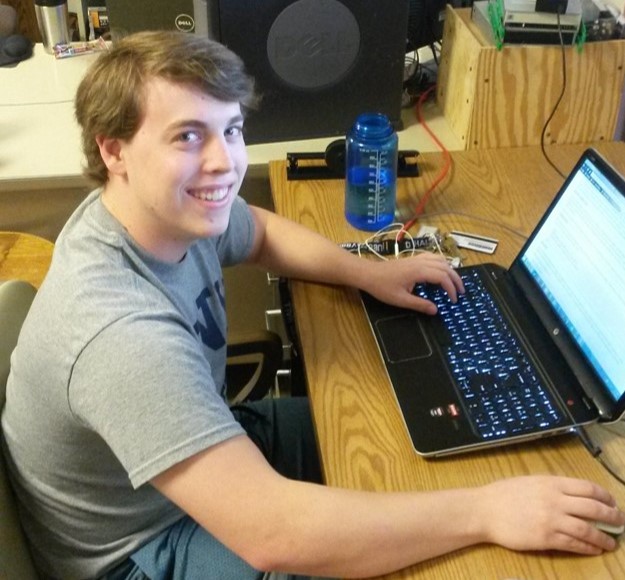 |
Brendan Battey
Brendan joined MIRL in the spring of 2015. His work with MIRL included development of software for processing ELF magnetometer data and a real-time display for ULF magnetometer data acquisition systems. |
 |
John Heavisides
John Heavisides started at MIRL during the second semester of his freshman year. He worked on analyzing ELF magnetometer data, creating visualization tools for Antarctic research, and maintaining this website. Other work in EOS included creating data analysis tools for the RBSP satellites during the summer of 2012. He graduated with a B.S. in Physics with a minor in Ocean Engineering in 2015. |
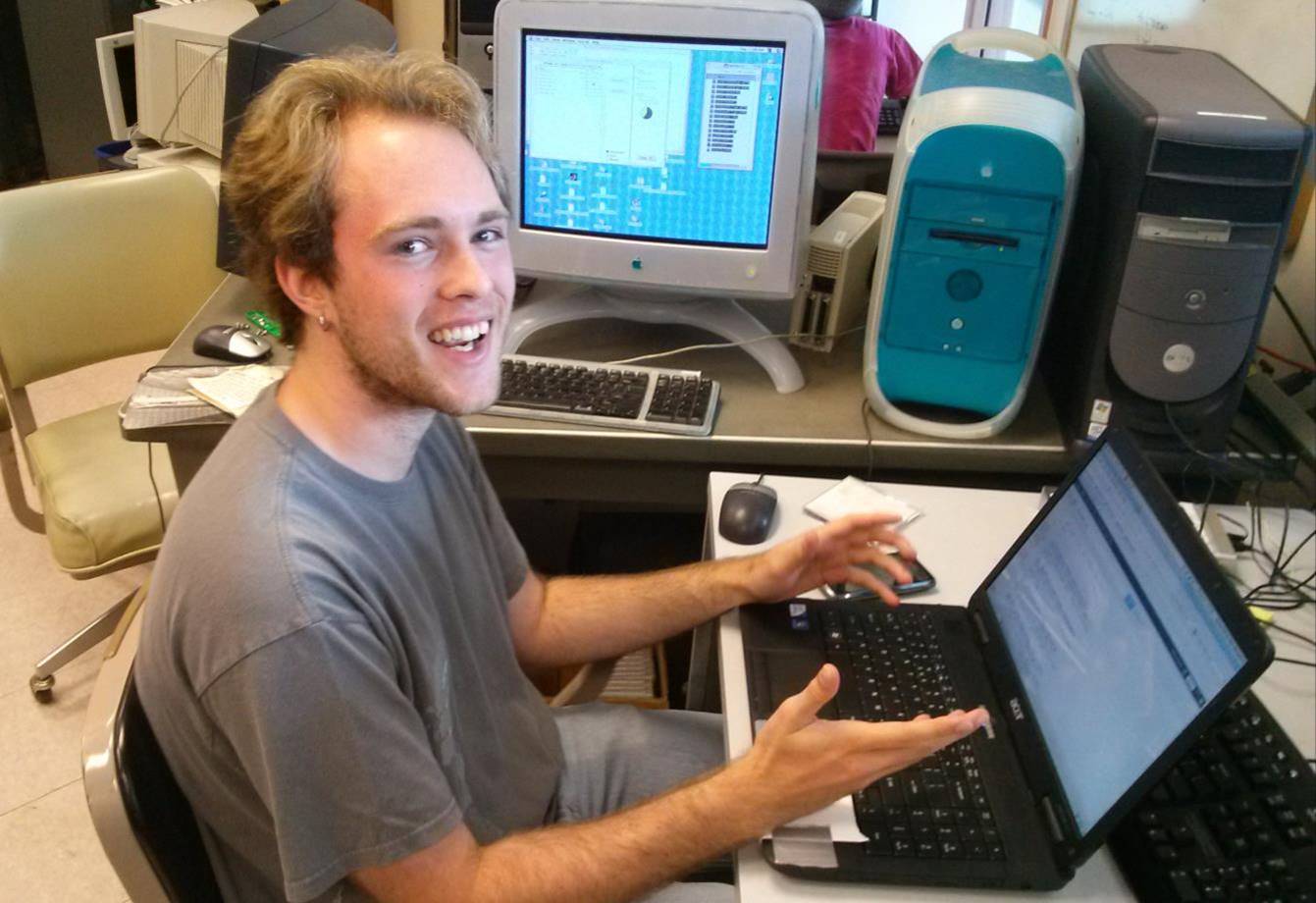 |
Matt Blandin
Matt Blandin joined MIRL during the second semester of his sophomore year. Initially working on building and assembling magnetometer induction coils, he developed software to automatically parse ELF data for whistler-like events. He mentored several high school students during the 2013 SMART program. He graduated with a B.S. in Physics in 2015. |
 |
Chrystal Moser
Chrystal Moser worked at MIRL starting in late 2013, developing and testing small fluxgate magnetometers for use on cubesat micro-satellites. Other work in EOS has included the development of software to model the bow shock of Saturn's magnetosphere using Voyager data. She graduated with a B.S. in Physics in 2015. |
| Erik Lindgren
Erik graduated from the physics program at UNH in 2013. Joining the lab during his first semester of his sophomore year, he worked on data analysis of ELF magnetometer data, assembly of induction coil junction boxes, and data analysis of EMIC waves measured at the Halley Research Station. Erik was also a member of the UNH Ski Team, and was a second year co-captain of the Nordic Ski Team. |
|
| Drummond Biles
Drummond worked on testing ways to cool the RENU imager CCD chip and was involved in various machining projects related to the RENU campaign. He also built multiple induction coil magnetometer sensors with accompanying junction boxes. His later work focused on design and testing of stilt structures suitable to use on Antarctic observatories. Drummond went on to enroll in the Mechanical Engineering masters program at UNH, where his research focuses on combustion engines. |
|
| Matthew Young
Matt completed the UNH Physics B.S. program in May 2012. From October 2008 until graduation, he worked at the Magnetosphere-Ionosphere Research Lab, where he assisted in testing search-coil magnetometers, analyzing ULF and ELF magnetometer data, and maintaining this website. As a junior and senior, his work focused on Pi1B geomagnetic micropulsations in the high-latitude ionosphere as observed in search-coil magnetometer data. This work led to two first-author publications: "Pi1B propagation in the high-latitude ionosphere" (doi 10.1029/2011JA017127), and "Spectral enhancements associated with Pi1B events observed at high latitude" (doi: 10.1029/2012JA017940). Matt is currently pursuing his Ph.D. in Astronomy at Boston University. |
|
| Liam Daly
Liam Daly is currently employed at DEKA Research and Development Corporation in Manchester, New Hampshire. |
|
| Corey Rumph
Corey assisted with the creation of a thermal test setup for the RENU imager and conducted numerous tests on the imager to help graduate students determine the best system with which to cool it. He also aided in machining parts for the imager. His most recent project was to work on a system for the heat treatment of magnetically permeable alloys that will one day be used in magnetometers. |
|
| Kevin Rychert
Kevin received his B. S. in Physics from the University of New Hampshire in May 2011. Throughout his work at the Magnetosphere-Ionosphere Research Lab, he analyzed over 7 months of THEMIS all-sky ground camera data and catalogued the occurrence rates and duration of pulsating aurora. Then, he used mosaics created from the entire THEMIS ASI array to study the temporal evolution of pulsating aurora on a large scale. His senior thesis focused on this work and correlation to GOES-13 (currently GOES-EAST) particle flux data. Kevin currently works at the Electron Para-magnetic Resonance (EPR) research laboratory at Dartmouth College. |
|
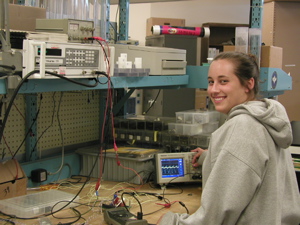 |
Melissa Geddes
Melissa Geddes assisted with the analysis of Pi1B data from the South Pole and the construction of the Svalbard Ultra Low Frequency magnetometer systems in the summer of 2006. Melissa is currently a content developer for GEX Inc., a publishing company specializing in textbooks. |
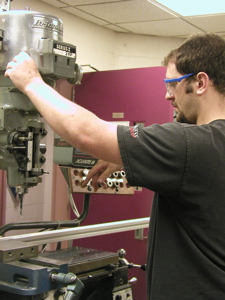 |
Philip Fernandes
Philip Fernandes assisted Brent Sadler with the constuction of the clean room calibration facility. Following the completion of the construction, he worked with Marc Lessard while writing his senior thesis on pulsating aurora, utilising radar data to measure its thickness, and black aurora, performing a statistical study of its occurence within pulsating aurora. Philip entered the PhD program in physics at Dartmouth College in fall of 2009. |
 |
Chris Black
Chris joined MIRL in fall 2005 and during his first year primarily helped to design, build, and test search coil magnetometers. He was awarded a Summer Undergraduate Research Fellowship (SURF) in 2006 to analyze South Pole magnetometer data for Pi1B signals, continue work on the Svalbard ULF project, and travel to Svalbard to install the instruments. After studying abroad, Chris returned to the lab to assist with the ACES rocket project and the magnetometer systems and their data. |
Project SMART
 |
Adam White
Adam worked at the MIRL during July of 2011, during which time he continued the work of previous SMART student Lule Champine. Adam helped to design, construct, and field-test a full-scale cubical quad antenna tuned to 38.2 MHz. The tests Adam performed were crucial in identifying the strengths and flaws of early designs. |
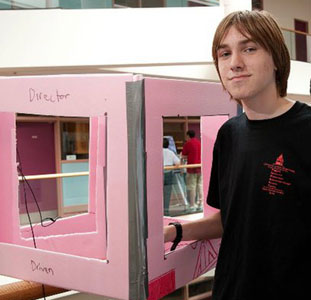 |
Luke Champine
Luke worked at the MIRL during July of 2010. He played an important role in modeling antenna characteristics and designing a prototype of a cubical quad antenna intended for use with a riometer. Luke is currently enrolled at Rensselaer Polytechnical Institute (RPI), where he studies electrical engineering. |


